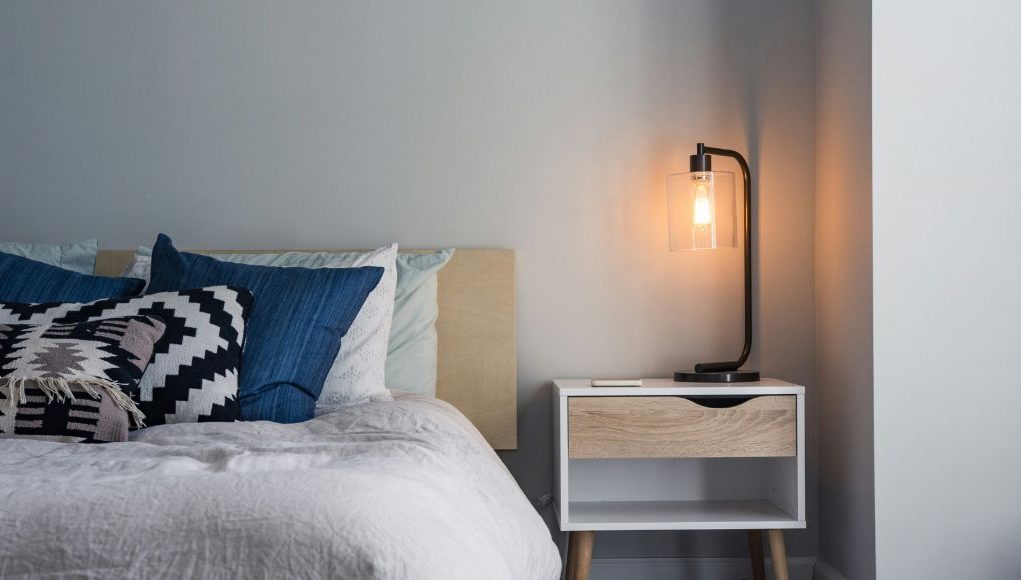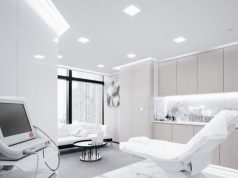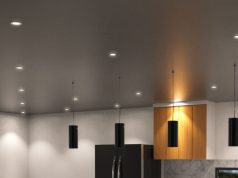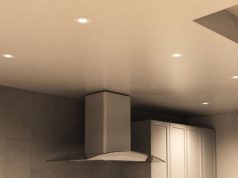Are you aware that lighting can affect your well-being? It not only elevates the aesthetics of your space and improves its functionality, but it also enhances your physical and mental health!
The Science Behind Lighting and Well-Being
Lighting has a significant effect on the body’s circadian rhythm (internal clock that regulates alertness and sleep). The impact on the circadian rhythm will vary depending on the time of day you are exposed to light.
Bright light exposure in the morning will cause you to wake up and fall asleep earlier. Alternatively, intense evening light will make you fall asleep and wake up later. On the other hand, light exposure deep in the night can disturb the sleep cycle, making it more challenging to fall asleep and decreasing the time for deep sleep.
You should pay the most attention to the light’s colour and intensity. Warmer and softer lights are perfect for sunrise, cooler and stronger lights are suitable for noon, and warmer and softer lights again at sunset.
LED lighting has made it easier to meet these conditions. Their adaptive and customisable functions can ensure that your well-being is taken care of.
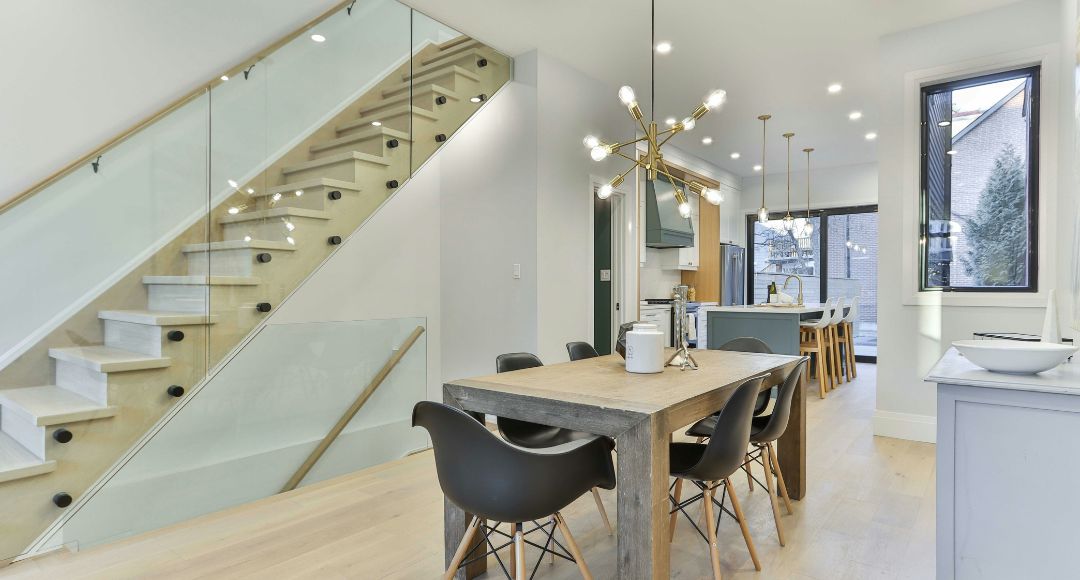
Key Benefits of LED Lighting for Health
Why should you choose LED lighting for your well-being?
- Improved Sleep. The surroundings play a significant role depending on the activity you’re doing. Warm white, dimmable LED lights can create a relaxing environment which promotes better sleep!
- Enhanced Focus and Productivity. If warm white light helps with sleep, bright, cool-toned lights can enhance productivity and focus! When used in workspaces, it’ll keep you alert and efficient.
- Mood Boosting and Stress Reduction. Adjustable RGB or tunable LEDs can help combat stress. They can customise the room’s atmosphere, creating a serene and calming ambience or an energetic and functional scene!
Choosing the Right LED Light for Each Space
What is the correct LED light for each room in your home?
- Bedrooms and Living Rooms – Opt for warm white light (2700K – 3000K) in the evening to promote relaxation and sleep. Stay away from strong white lights before bed to avoid disrupting your circadian cycle.
- Home Offices and Study Areas – Use cool white light (6000K) to boost alertness and prevent eyestrain. The last thing that you want in these spaces is to fall asleep, so ensure that the room is bright and easy on the eyes!
- Kitchen and Bathrooms – Choose a natural white colour temperature (4000K) for clear visibility without too much intensity. Although these rooms need to be bright to prevent accidents, they don’t need to be too brilliant.
LED Features that Support Wellness Goals
As mentioned, LED lighting has features that can support your wellness goals. What are those that set them apart from other artificial lighting?
- Dimmable Options – LED lighting offers adjustable intensity and a wide range of dimmable controls. With it, you can alter the brightness level of the fixtures to set the right mood for the activity.
- Colour-Tuning Capabilities – Tunable LED lights give you access to cool white, natural white and warm white light, which helps regulate mood and support wellness throughout the day. Whenever possible, choose tunable fixtures to provide flexibility in the space.
- Flicker-Free Technology – Flickering lights is the end of productivity. The flicker-free technology of LED lighting ensures that you have a steady stream of illumination and prevents triggering eye strains, migraines and headaches.
Conclusion
LED lighting can help take care of your well-being. It can aid in improving your sleep cycle, focus, and mood. Try exploring LED lighting that can support your wellness goals! If you want to balance your circadian rhythm, invest in an LED sunrise lamp. It’s a light fixture that mimics the sunrise and sunset patterns.
If you have other health objectives that you want to address with LED lighting, visit our website, Simple Lighting. We offer an extensive range of lighting solutions, so you’ll find one that caters to your needs!


